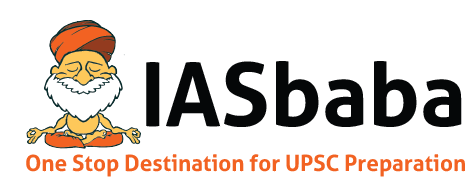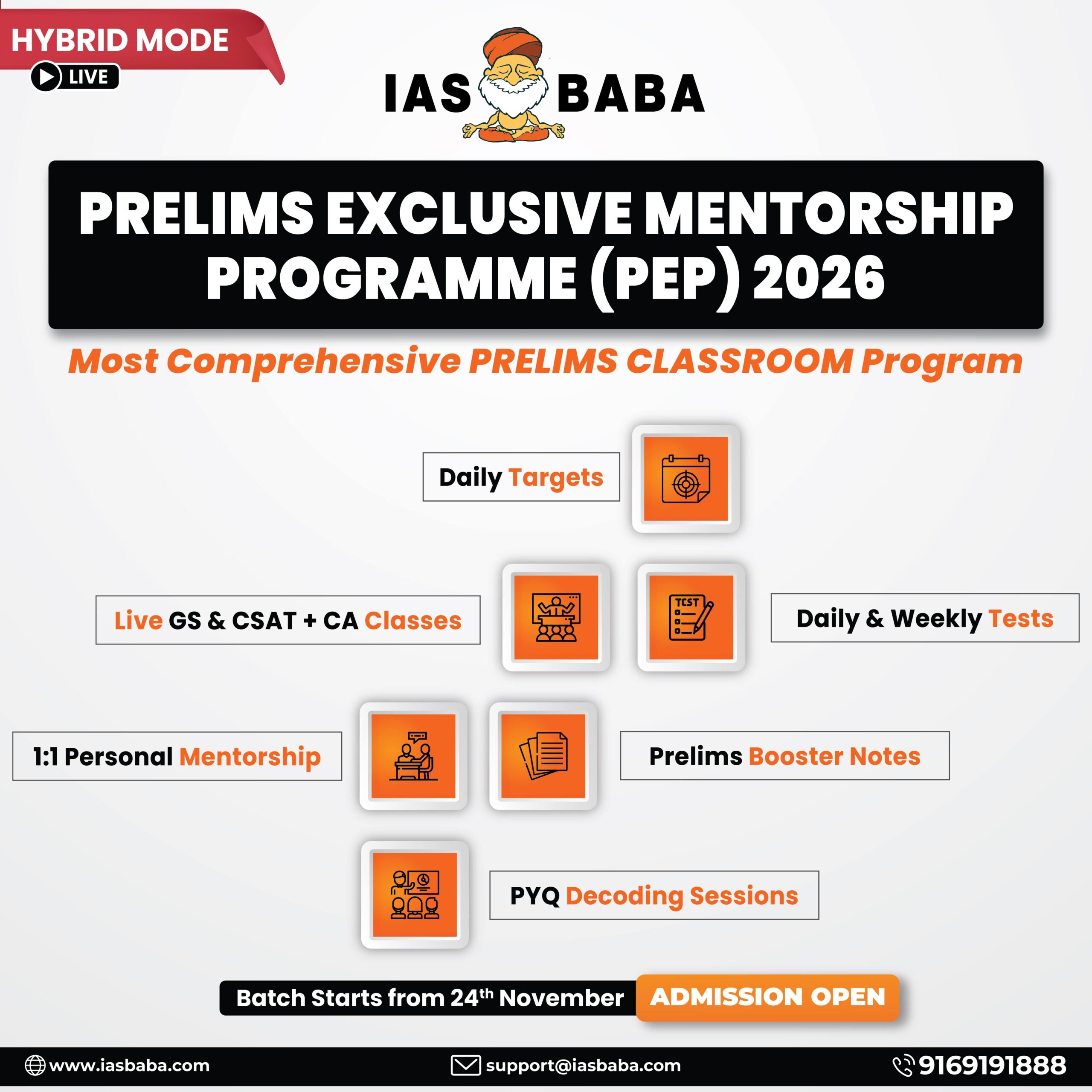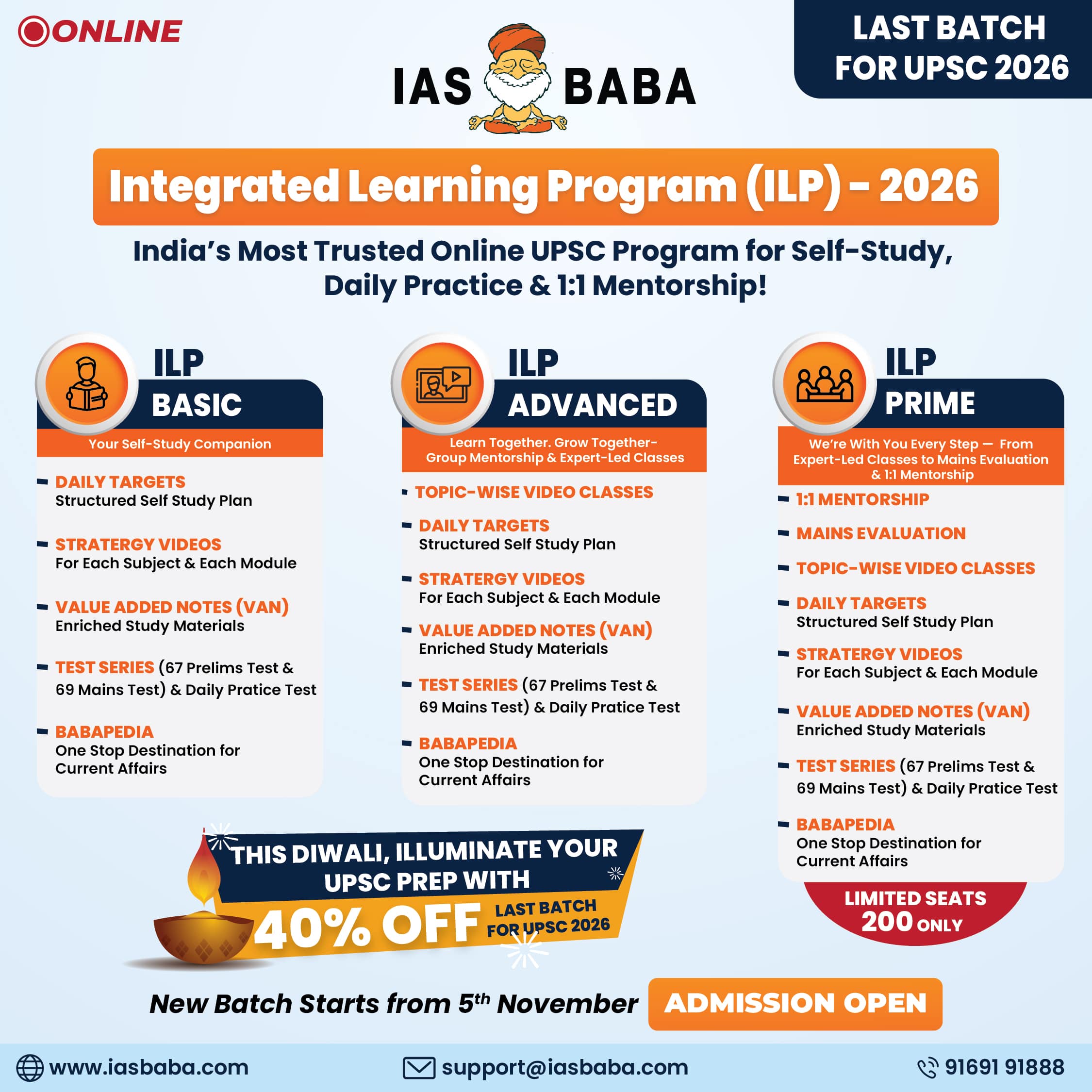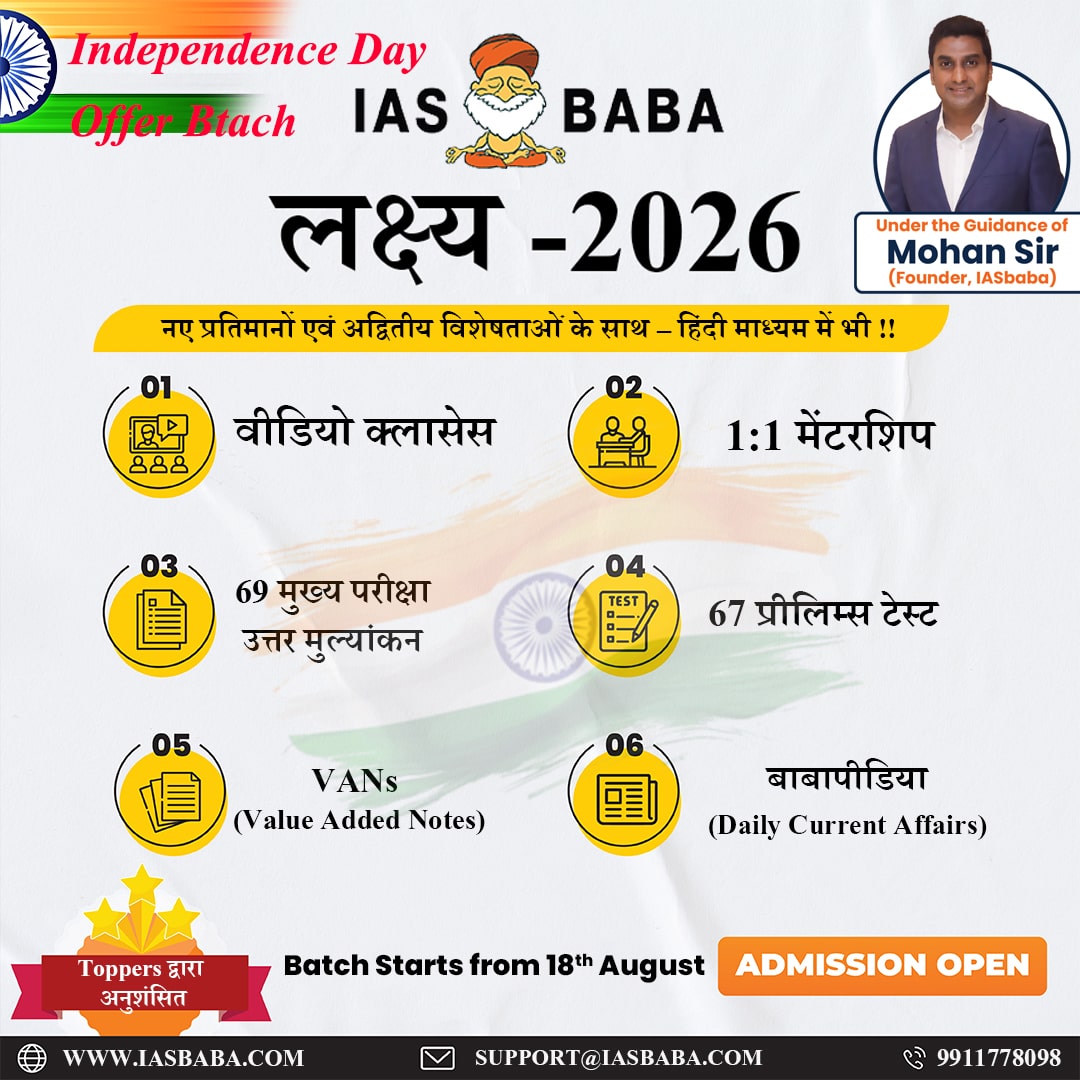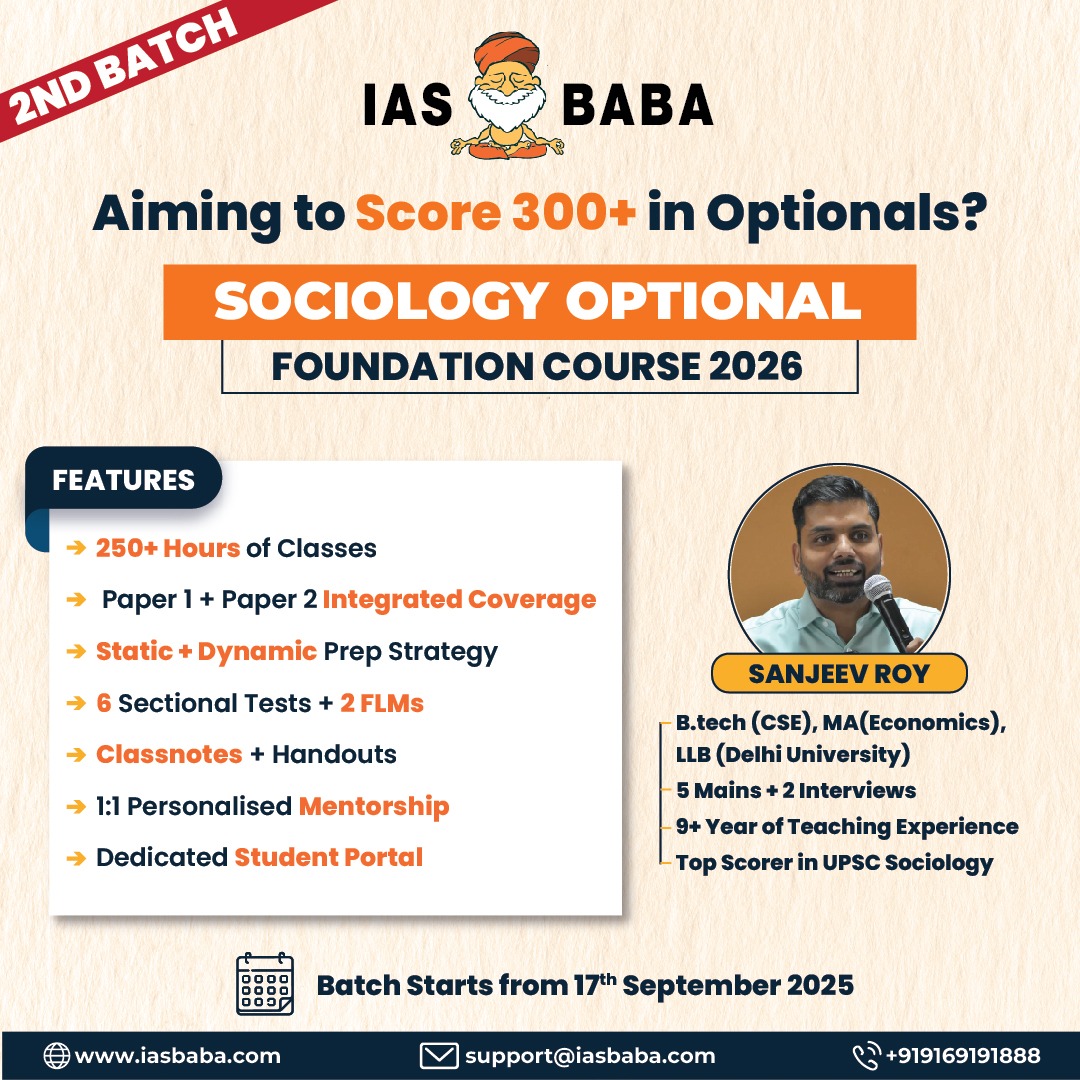Ethics Theory, TLP-UPSC Mains Answer Writing
Q.2. In the era of digital technologies, persuasion has evolved into a highly sophisticated and pervasive tool. Analyse how social influence operates in the digital age, especially its role in shaping public opinion, political behaviour, and social norms. (150 words, 10 marks)
Introduction
Persuasion is the act of influencing others’ attitudes, beliefs, or behaviours. In the digital age, it has become more complex and far-reaching, with social media and algorithms amplifying social influence and shaping public opinion, politics, and norms.
Marshall McLuhan once remarked, “The medium is the message.”
Body
Positive aspects of Social Influence
- Access for all: Social media platforms democratise opinion-making by amplifying voices across class and geography.
Example: #MeToo began with individual stories and grew into a global movement.
2. Movement mobilisation: Hashtags and viral content catalyse mass mobilisation and protest participation.
Example: Farmers’ protests drew strength from online solidarity and coordination.
3. Global idea exchange: Online platforms globalise reformist ideas, inspiring youth activism across borders.
Example: Greta Thunberg’s climate protests influenced school movements in India.
4. Participatory governance: Governments use digital tools for direct citizen engagement in policy feedback.
Example: Delhi’s Mohalla Sabhas integrated online consultation methods.
5. Behavioural nudging: Digital campaigns subtly shift user behaviour towards socially desirable outcomes.
Example: Swachh Bharat used online ads and reminders to promote sanitation habits.
Negative Aspects of Digital Social Influence
- Echo chambers: Algorithms feed users content that confirms bias, deepening ideological divides.
Example: Election periods often see users trapped in one-sided information loops. 2. Data-driven propaganda: Microtargeting via user data enables manipulative political advertising.
Example: Cambridge Analytica shaped US voter behaviour through psychometric targeting.
- Fake news virality: False information spreads faster than corrections, harming public understanding.
Example: Fake COVID-19 remedies went viral before being debunked.
- Hidden interests: Influencers may unknowingly promote agendas that mislead audiences.
Example: Scam investment apps gained trust through popular endorsements. 5. Peer conformity: Likes and shares pressure users to conform to dominant online narratives.
Example: Online outrage and cancel culture silence dissenting opinions. 6.
Conclusion
Digital persuasion is a double-edged sword—while it empowers and connects, it can just as easily polarise and manipulate. The way forward lies in digital literacy, stronger content accountability grounded in transparency and public welfare.
